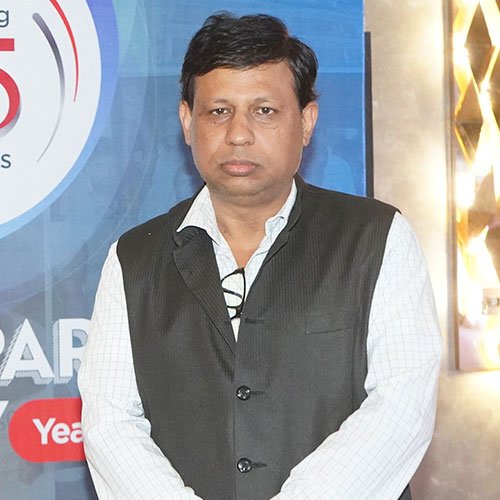Consultant
 Dr. Aaditya Bajaj
Dr. Aaditya Bajaj
Degree of Doctor: DNB, DO, MBBS, FRCS (Glasgow)

 Interest / Specialization
Interest / Specialization
Cornea and Cataract
 Education / Training
Education / Training
- MBBS Manipal College of Medical Sciences, Pokhara,
- DO Kempegowda Institute of Medical Sciences, Bangalore, Karnataka DNB Aravind Eye Care System, Tirunelveli, Tamil Nadu
- Fellowship in Cornea and Phacoemulsification training from Disha Eye Hospital, Barrackpore,
- West Bengal
- FRCS (Glasgow)
Description
Aaditya Bajaj completed his MBBS in 2006 from Manipal College of Medical Sciences, Pokhara. He joined Kempegowda Institute of Medical Sciences, Bangalore, Karnataka for DO and completed in 2009, after which he completed his DNB training from Aravind Eye Care System, Tirunelveli, Tamil Nadu in 2011. During the above period , he completed all parts of Fellowship International Council of Ophthalmology (FICO). He joined Long Term Fellowship in Cornea at Disha Eye Hospital, Barrackpore in 2012 after which he also did Phacoemulsification training with Disha, Barrackpore in 2013 and worked till March 2014. He completed the final part of the Royal College of Physicians and Surgeons exam (Glasgow, UK).
Recognition / Awards:
- DSEK Skill Transfer Workshop conducted by Sightlife and Disha Eye Hospitals in 2016.
- ‘Young Achiever Award’ at the ISCKRS Meet 2016
- Think Under the Apple Tree, AIOC 2018 (Finalist)
- Shri RG Meshram and Smt Aruna Meshram Endowment ACOIN Chhattisgarh State Chapter Oration at the 3rd Annual Meeting of ACOIN Chhattisgarh State Chapter
Journals and Newsletters:
- Reviewer (Cornea and External Disease) for Indian Journal of Ophthalmology
- Reviewer for Cornea Journal
- Reviewer for Ocolar Immunology and Inflammation
- Section Editor (Cornea) for AIOS Times
- Section Editor (Cornea) for Tamil Nadu Journal of Ophthalmic Sciences & Research
- Incharge of Academics – Young Ophthalmologists Society of India (YOSI) – West Bengal State Chapter
Related Branch
 Disha Eye Hospital Siliguri
Disha Eye Hospital Siliguri
Related Services
 Cataract
Cataract Corneal Diseases
Corneal Diseases


































































































